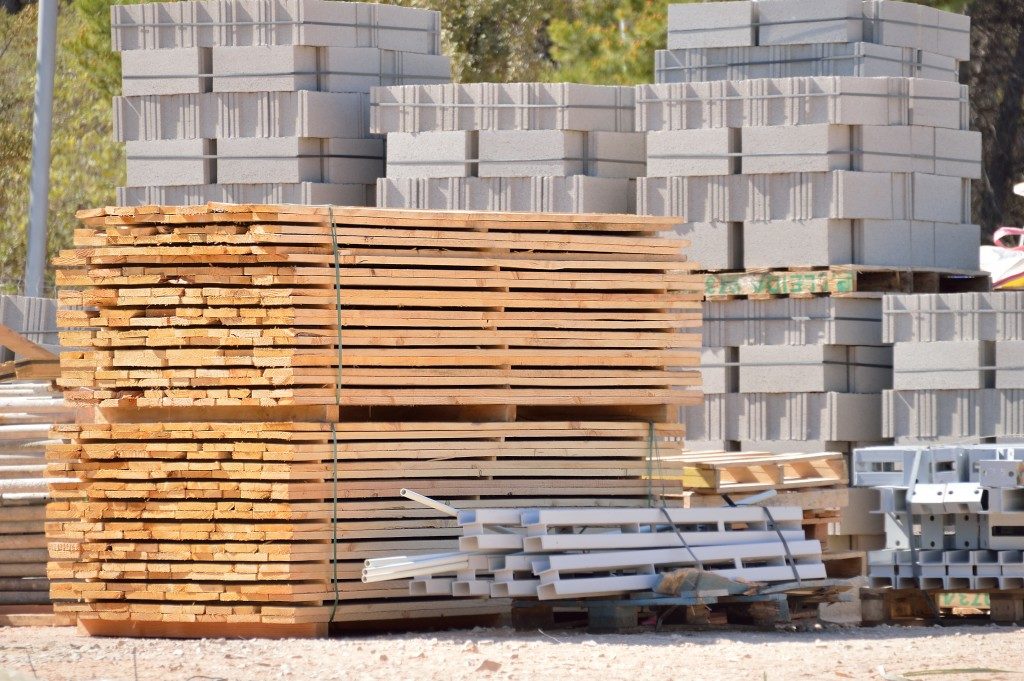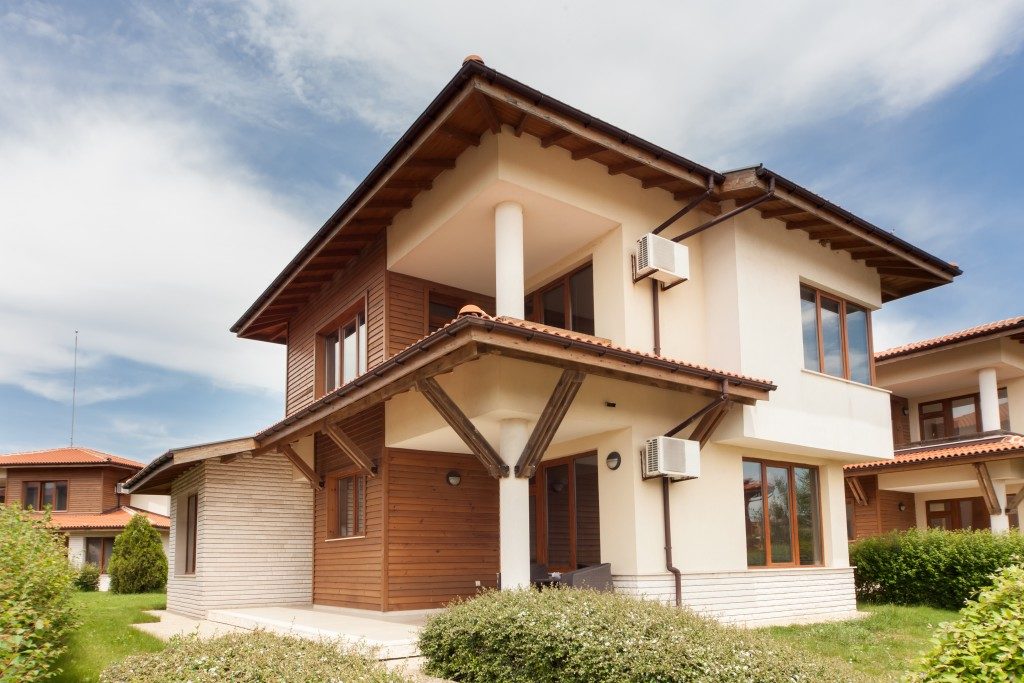In this age of rapid progress and fast-paced change, one of the indicators of development is the presence of construction and building projects. As a result, construction projects continue to spring up throughout the world, and buildings and structures rise ever higher and become more grandiose. This, in turn, requires stronger materials and foundations in order to ensure that the structure will be well-supported and will not face any threat of collapse.
One of the ideal materials for this purpose is concrete. When reinforced with steel, it is among the strongest materials, as well as being relatively cheap to produce, thus making it perfect for construction. However, as structures are being built on soil, the resulting moisture from the earth can seep into and damage the concrete. Hence, it is important that as concrete is poured, its weight is being supported long enough for it to cure, so that it does not come into contact with the soil before it has been fully strengthened.
This is where the handy-dandy cardboard void form comes in. Cardboard void forms are used to act as a barrier between the soil and the concrete, and thus hold up the concrete long enough to give it time to cure. Because cardboard is made of paper, it is able to absorb the moisture from the soil to prevent this from coming into contact with the concrete. As it takes on more and more moisture, its strength will diminish, and it will eventually be crushed by the weight of the concrete. However, as the concrete has been cured by then, there are no more worries with regards to coming into contact with soil.
Because of this specialized function, cardboard void forms are incredibly important in construction. As a result, finding ones of good quality is a must. Here are some characteristics to look out for when choosing the right void form to use:
Water Resistance

Although void forms will eventually be crushed due to the accumulated moisture they have absorbed, they must at least hold on long enough to give the concrete time to fully cure. If this happens, then using the void form will be rendered useless as the concrete will come into contact with the soil before it has been cured. This is particularly important in wetlands or areas that experience large amounts of precipitation regularly. Hence, it is important that the void forms used are not made of flimsy material that will easily crumble or be crushed with just the slightest moisture absorbed.
Strength
Void forms must be able to support the weight of the concrete structure on top. If this is not the case, then the void form will simply be crushed much too early, rendering it useless.
This often goes hand in hand with being water-resistant, since if a void form is not water-resistant, it will most likely not be strong enough. However, a void form must also be strong independent of whether or not moisture is absorbed. Thus, it is of utmost importance to secure strong, durable void forms.
Ease of Use
Installing the void form is one of the most important steps in construction. Done wrong, this may result in concrete damage down the road. Hence, it is important that the void form is easy to install and can quickly be stabilized. Not only will this be good for the structure, but it will save a lot of effort and time as well.



